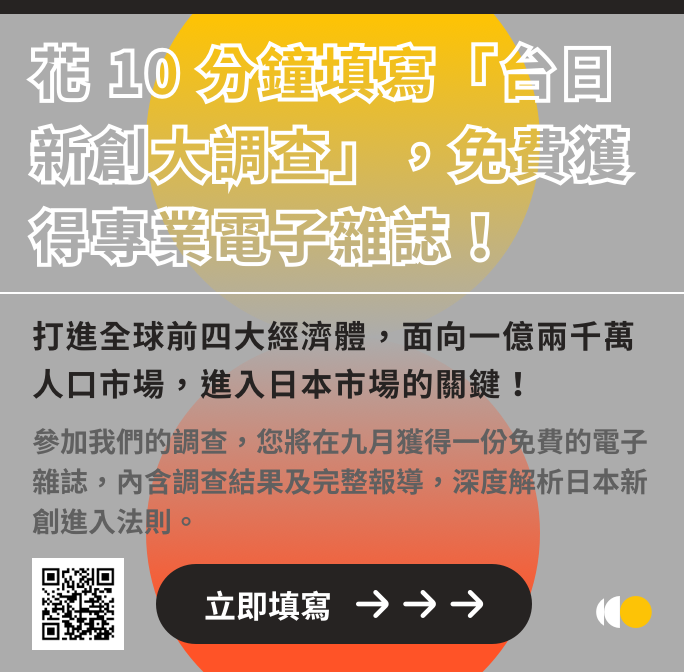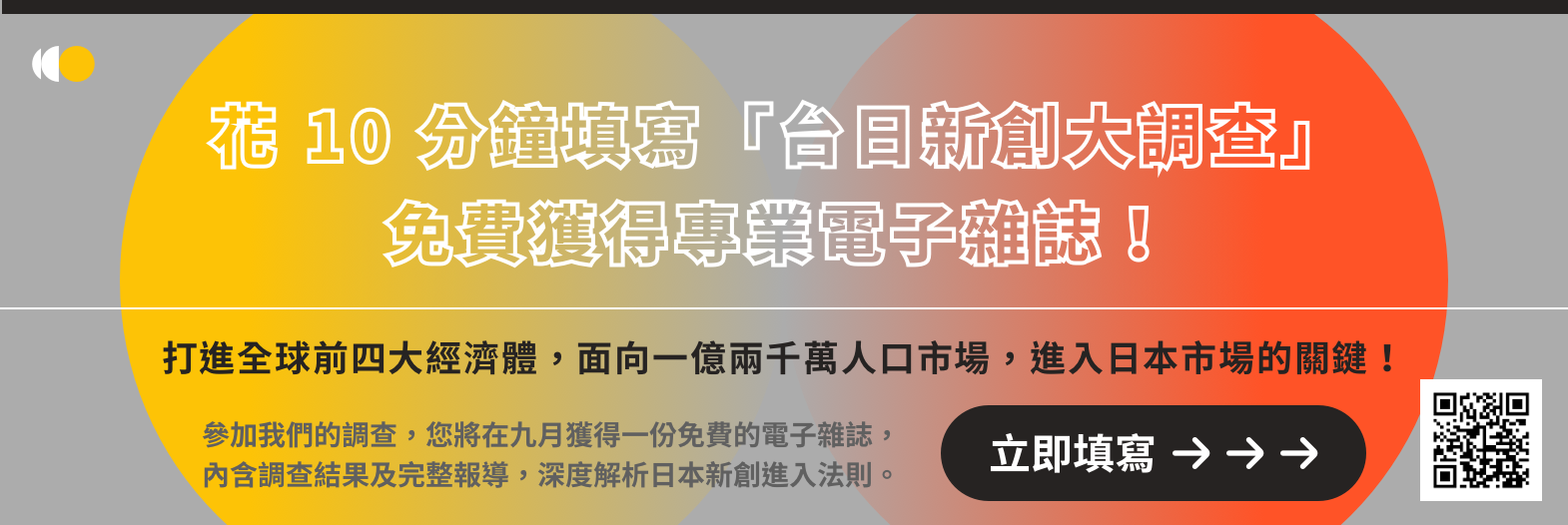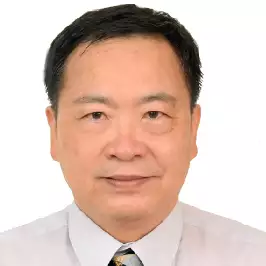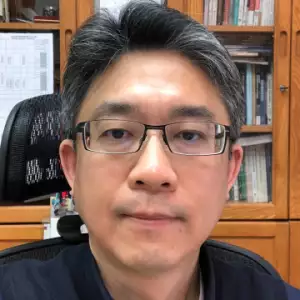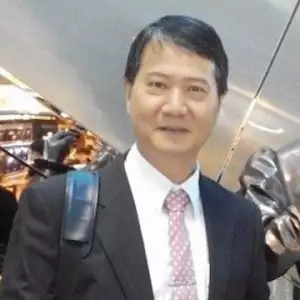What happened?
Since taking office in 2022, South Korean President Yoon Suk Yeol has put forward an initiative to build the country into a “global pivotal state” and has been advancing South Korean technology and industries on the global stage.(All the Way South)
- South Korea, Denmark, and Finland topped the 2022 UN E-government Ranking, showing their excellent performance in information and communication technology (ICT) infrastructure as well as their efforts in opening public data and fostering government innovation.(United Nations)
- Taking this as a niche point, South Korea aims to continue to consolidate digital infrastructure while providing public access to data databases, thereby accelerating innovation in artificial intelligence (AI) and big data.(World Economic Forum)
- The South Korean Government launched a project featuring six key technology industries, including semiconductors, rechargeable batteries, electric vehicles, robots, displays, and biotechnology, with semiconductors as the core.(Commercial Times)
- Under the new tax incentives, semiconductor companies get a tax credit of 15% on investments in manufacturing facilities up from 8%. Samsung plans to invest 300 trillion won (approximately $230 billion) by 2042 to build a semiconductor cluster in Seoul.
Economic and security strategy for semiconductors?
- Promoting the localization of the semiconductor supply chain to avoid external impacts.
- The South Korean Government announced the "K-Semiconductor Strategy," looking to put in $450 billion with government-provided funds and policy support, invest in Samsung Electronics, and SK Hynix, among others, and establish an industrial cluster integrating semiconductor production, materials, components, equipment, and design. The goal is to build the world's largest semiconductor manufacturing base by 2030.(TechNews)
- Shifting reliance on memory chips to developing AI semiconductors.
- South Korea injected 800 billion won to groom AI semiconductors and enhance its semiconductor design capabilities aiming to overtake China by 2028 and catch up with the United States by 2030.(Yahoo! News)
- Participating in multilateral economic frameworks to stay competitive in industries.
- The US-proposed Chip 4 alliance formed with the other three members -- Taiwan, South Korea, and Japan -- is set out to create a "democratic semiconductor supply chain" that runs from design to manufacturing to curb the development of China's chip industry.(Economist Intelligence)
- Challenging issues loom on the horizon within the alliance, including competitive concerns between leading rival Taiwanese and South Korean companies both researching 3nm semiconductor technology. In addition, Japan has sanctioned South Korea in the past, which drives South Korea to continuously focus on local production.
South Korea's Indo-Pacific layout?
South Korea aspires to exert significant influence in the Indo-Pacific region. The South Korean Government needs to carefully balance its relationship with both the United States and with China amid the rivalry between the two countries.
- South Korean businessmen withdraw from the Chinese market amid weakened South Korea-China relations.
- Lotte Group, South Korea's largest retailer, closed its headquarters in China and turned to other Asian countries; Amorepacific Group, a cosmetics manufacturer, closed its stores in China.(Liberty Times Net)
- South Korea strengthens the US-South Korea alliance and reduces cooperation with China.
- Despite China's economic influence, South Korea opts for the United States for the national territorial security guarantee it promises. South Korea's Indo-Pacific strategy will prioritize national defense and security while gradually moving outward to Southeast Asia and the United States.
- South Korea used to have tighter relations with China, hoping that China would help in keeping North Korea in check. However, in recent years, the country has been more actively retooling its security relationship and mapping plans with the United States as reflected in its positive participation in QUAD and IPEF.
What will happen in the future?
- Considering the investment and subsidies from the United States, South Korea's future supply chain and market orientation are likely to align with Europe and the United States. As a result, some semiconductor industries may relocate to the United States. This choice demonstrates South Korea's commitment to high-tech development in partnership with the United States.
- China continues to be South Korea's largest trading partner, and many South Korean semiconductor factories are located in China. Therefore, while South Korea may aim to reduce its reliance on China, it does not imply that it will align with the United States to counter China. It is important not to misinterpret South Korea's position.
Why did South Korea, which was considered a "vassal state of China" in the past, agree to join the US-led Chip 4? What is the country's strategic planning to maintain its international status? The following in-depth Sunrise Medium's interview with experts has shed some light.









